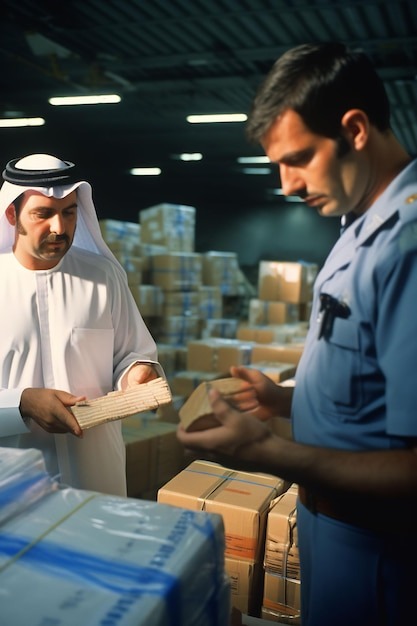Understanding the Basics of Customs Clearance
Customs clearance process can be a complex and time-consuming, however our expertise can help you to overcome all difficulties and deliver the cargo to your designated location at the shortest possible time. It requires a thorough understanding of the customs laws and regulations of both the exporting and importing countries. Most companies in Dubai rely on customs brokers to handle the customs clearance process on their behalf, as we customs brokers have the expertise and experience to navigate the complexities. Failure to undergo proper customs clearance process can result in painful delays, huge penalties, and even seizure of goods and other legal complications. Importers or exporters who neglect or intentionally bypass proper customs procedures may face legal consequences, including fines and criminal charges.
Required Documents for Customs Clearance:
The customs clearance process in Dubai requires specific documents for import and export transactions based on numerous factors like item imported (eg.: food, vehicle, medicines..etc), type of importer (Free zone, mainland, industrial etc), purpose (local sale, re-export, exhibition etc), HS code, regulatory requirements, GCC approved standards, weight & volume, mode of shipment etc.
Documents required may include commercial invoices, bill of lading or airway bill, packing lists, certificates of origin, phyto-sanitary certificates, health certificates, halal certificates, permits, licenses, and any other relevant documentation that the regulatory agencies may call for.
Step-by-Step Clearance Procedure
Firstly, we on behalf of the customer will submits the necessary documents to Dubai Customs electronically or in person. We also concurrently submit these documents to multiple regulatory agencies like MOFA, MOCCAE, Dubai Municipality, FTA, Police etc for their approvals. Secondly, these regulatory authorities verify the documents we provided them to ensure compliance with regulations. Thirdly, actual cargo is inspected by these authorities for compliance at the ports. Lastly, after completing these steps, the goods are released for delivery after levying all taxes & government fees.


Customs clearance process